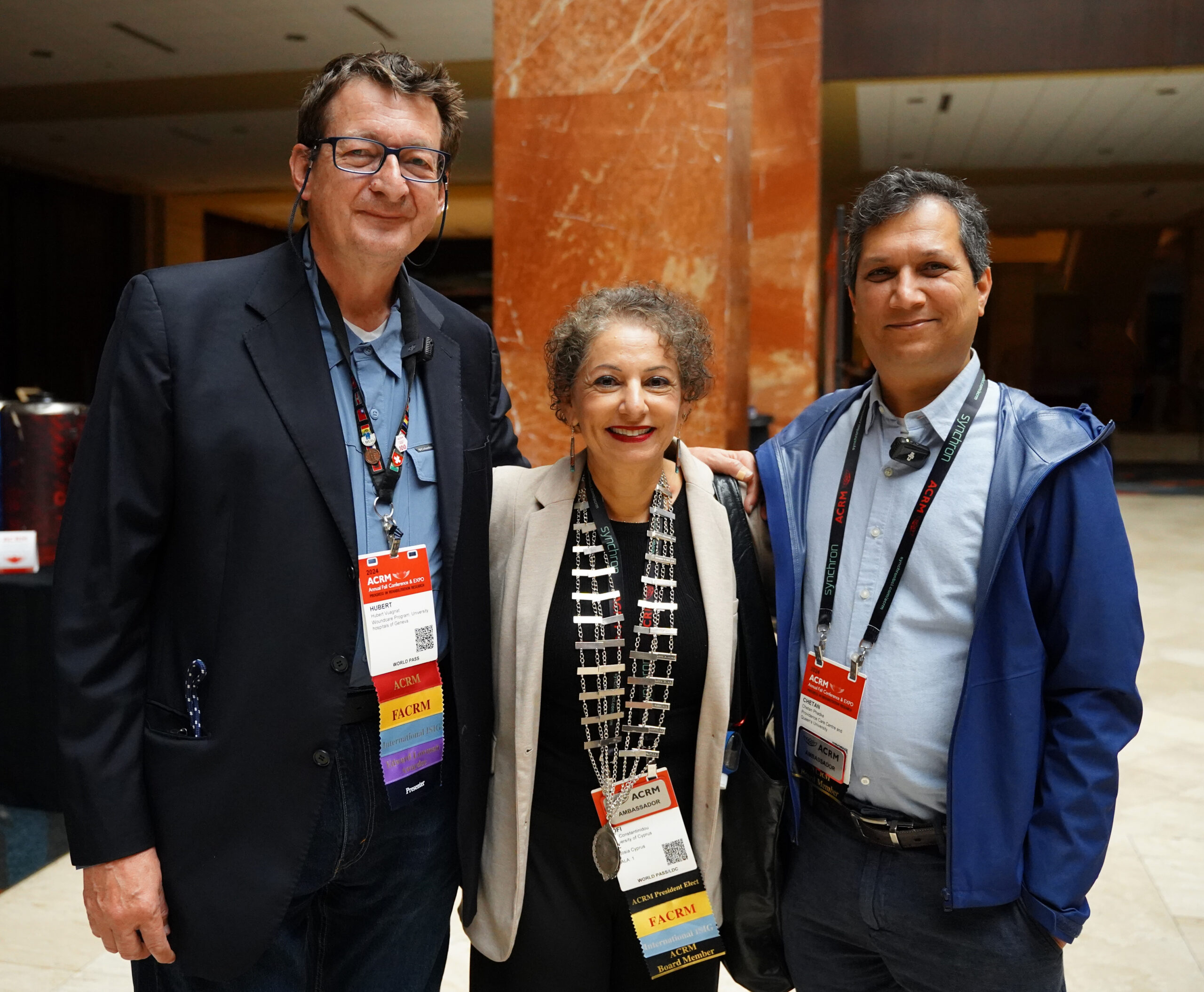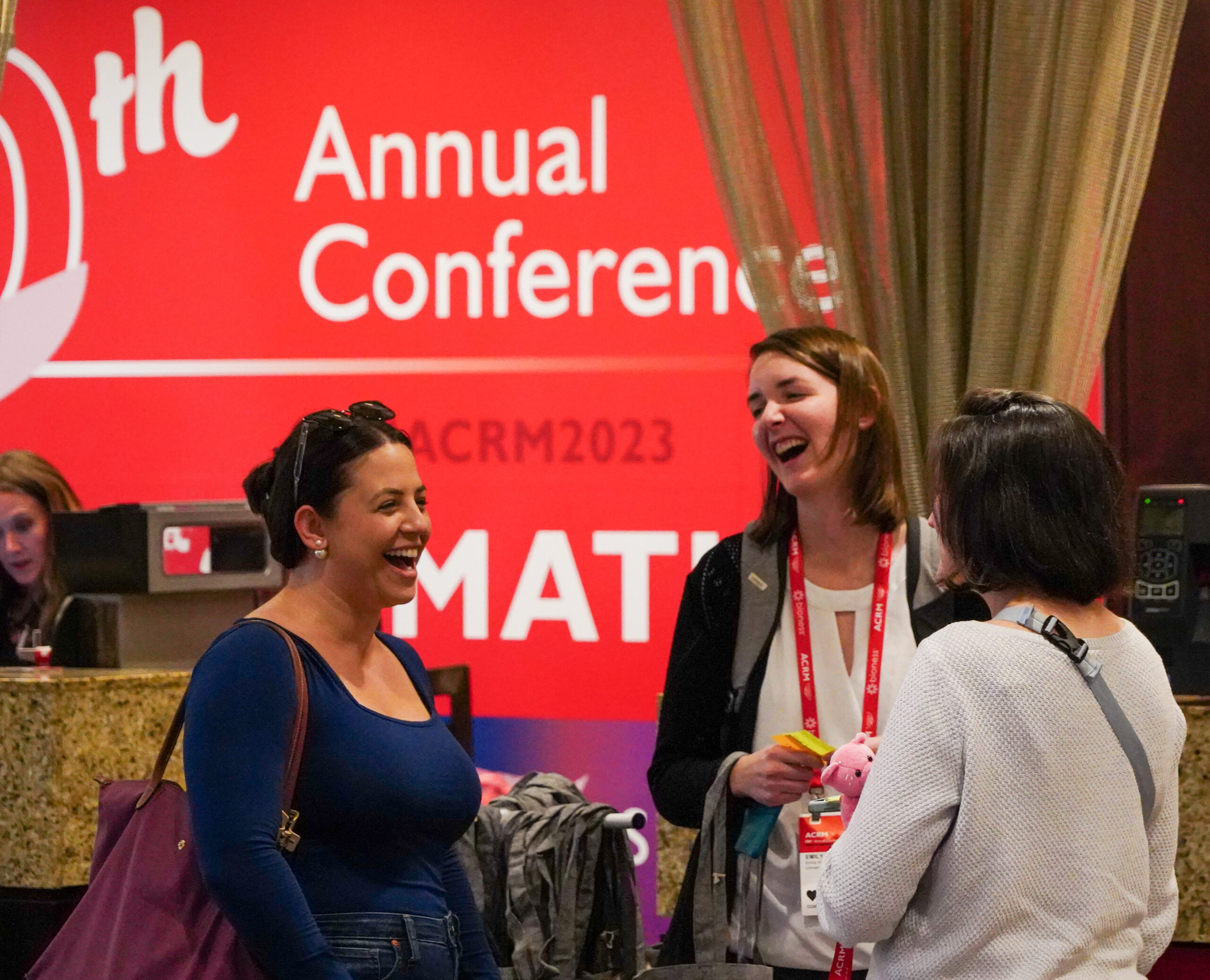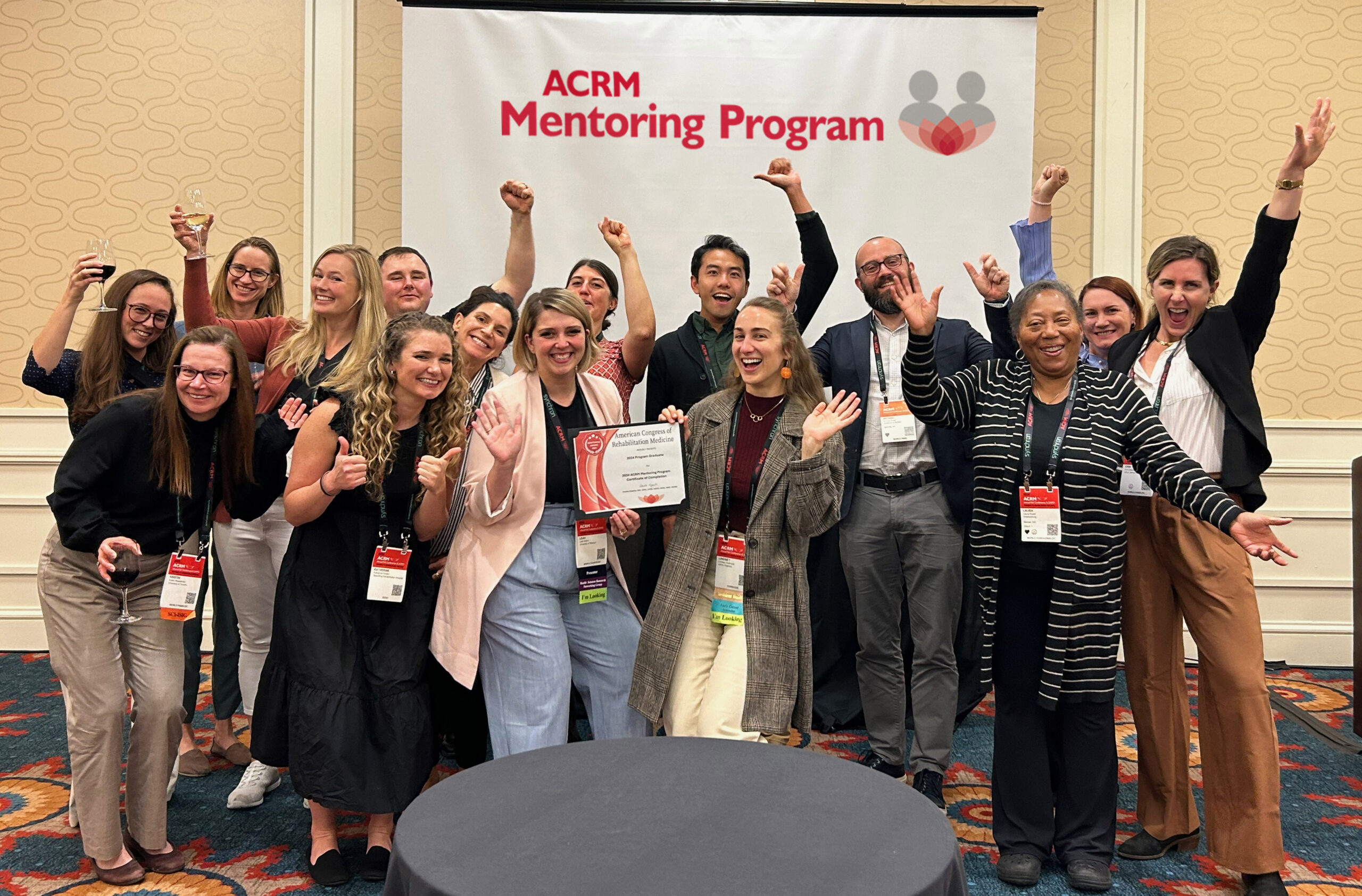
Spring 2022 Edition
An interview with the Brucker’s Award Winner & Speaker: Melina Longoni, MD.
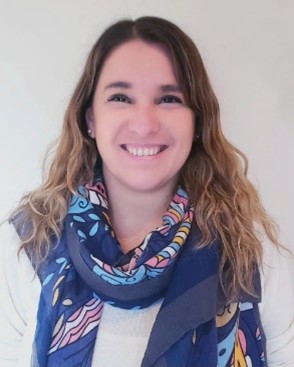
Melina Longoni, MD specialized in Physical Medicine and Rehabilitation, Hyperbaric Medicine Specialist, Wound Care and Expert in Natural Therapies. She received her medical degree from the Universidad Abierta Interamericana in Rosario, Argentina. Currently she is the medical director of the ReDel Rehabilitation Center. Tigre. Buenos Aires, and a scientific advisor for BBraun Medical Argentina. Professor of the Magister in wound care of AIACH at the UAI University. Buenos Aires. General Secretary of AIACH (Argentine Interdisciplinary Association for Wound Healing) and Coordinator of the rehabilitation Committee of AIACH, President AMLAR-Res (Latin American Medical Rehabilitation Association – Residents) Member CLAGIR (Latin American Committee for Rehabilitation Research) Vice-chair of the America´s Committee of A.S.I.A. and honorary member of COMEFYR (Mexican College of Electrodiagnosis and PM&R).
Q1: Tell us about your involvement in the field of Rehabilitation?
In Argentina, I am dedicated to rehabilitation in general, both for hospitalization and for outpatients. My areas of greatest interest are spinal cord injury and brain injury. Since my beginnings as a resident of the specialty, I have been very curious about the rehabilitation of the sexuality of these patients, and this was one of my main areas of action. I also trained in the management of pressure injuries, developing, and implementing prevention programs that led to the rehabilitation clinics where I worked, to have a 0% incidence of pressure injuries.
I also do the follow-up of patients with chronic injuries after discharge, with the main emphasis on the education of the patient and their family, to avoid preventable complications and achieve a better quality of life and reintegration into society
Q2: How have you been impacted by the switch to telemedicine over the past two years? Do you feel it positively or negatively impacts care for clients?
As Argentina is a very large country, this practice was already common for me, since I have patients with spinal cord injuries who live in the middle of the mountain in the Andes and others who live in the south in Ushuaia, or more than 2000 km from where I am, so I used to do telemedicine with chronic patients before the pandemic.
But if we start doing multidisciplinary sessions that we previously did not do in this way.
In the sessions, the patient could be evaluated in an ecological environment, where the eyes of each member of the interdisciplinary group not only evaluate the development of the person in their daily context and with their family, but also receive feedback from the opinions and indications from the rest of the team members, giving it a holistic, comprehensive and an enriching approach, with positive results for both the patient and the therapists.
Since the start of this new modality, we saw a positive evolution in the performance of the activities of daily life of the patients, where they are given tasks in different areas of the home and materials for domestic use are incorporated into the therapies, with objectives set by the team to improve the functionality, skills and ability of the person.
Q3: Tell us about your current position and/or most recent research/projects.
I am currently the medical director of an outpatient rehabilitation center and I treat patients via telemedicine.
For several years I have been involved in, mainly, Latin American scientific rehabilitation associations and non-profit organizations with assistance and educational purposes for people with disabilities.
As president of AMLAR-Res, vice chair of the ASIA Americas committee and an active member of COMEFYR, I have coordinated online academic activities and generated networks between 20 countries in Latin America, Spain and the United States, the idea of this project that originated before the pandemic was to make information accessible to all rehabilitators, since many of us and mainly resident doctors of the specialty, do not have the possibility of being able to train abroad or go to congresses and conferences due to the costs involved.
This project, which has been carried out for 6 years now, has allowed many professionals to receive information and training, while simultaneously creating their own networks between different countries.
Specifically in research within the past year, we have carried out research specifically on rehabilitation and COVID-19 in Latin America, within special groups such as SCI, and more recently research focused on the area of sexuality and spinal cord injury.
On the other hand, with the Committee of the Americas, we have translated 19 primary care guides for SCI into Spanish, of free access, which in 1 year were downloaded around 11,000 times. These initiatives clearly showcase the need for accessible information to professionals.
Q4: Who has been one of the most influential people throughout your career and why?
It would be difficult to decide on just one, because so many wonderful people have crossed my path and influenced the professional I am today.
Firstly, I must say that the patients are those who really influenced me; the most beautiful feeling in the world, the one generated by a hug, a word of appreciation, and an expression full of gratitude on the face of a person whose life has been transformed from one of suffering into one of improvement. It motivates you to be a better professional.
Secondly, the residents and young professionals; tireless, energetic engines motivate us to continue working together for the specialty. Thirdly, all my teachers and mentors who supported me and continue to teach me to this day.
Last but not least, my mother, who has been a fundamental pillar in my life; who supports me, advises me, and gives me the strength to move forward.
Q5: What are some challenges you have encountered in your field and what tools assisted you in conquering those challenges?
I think that being Latin American the main challenges have to do with the lack of resources, but also the fact that there are very few PM&R, according to the data we have, there are around 6000 in 20 Latin American countries. This causes that there is a lack of recognition of the task of the physiatrist by other health professionals.
Generating active networks with Latin American physiatrists as well as with other members of the rehabilitation team, has led to empowering and generating visibility of the specialty
Q6: What top 3 hobbies or activities do you look forward to during free time?
I usually spend my free time with my family and friends, generally drinking mate (an Argentine drink based on yerba mate). I really like sports; I practice hockey, tennis, and boxing. And I also love music, I usually listen to Argentine singers.
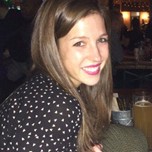
|An interview with our very own member, Rozlie Potts MA, CCC-SLP
Rozlie Potts MA, CCC-SLP has been working as a bilingual, Spanish-English SLP since 2014. She has split her time working with both the pediatric and adult populations. Her most recent role at Nationwide Children’s Hospital was working primarily with children on the Autism spectrum. Currently, she is transitioning to a new role in which she will be at home caring for her three children (ages 3, 1 and 5 months), while working toward starting her own private practice near her new hometown, Ponte Vedra, Florida. She has been a member and Communications Officer of the International Interdisciplinary Special Interest Group since 2017.
Tell us about your involvement in the field of Rehabilitation?
I have been fortunate to work in a variety of settings within the field of rehabilitation. Upon graduation with my master’s degree in Speech Language Pathology, I worked in a private practice where I served 50% adult and 50% paediatric clients in both inpatient and outpatient settings. Two years later, I transitioned to working with 100% adults through Ohio Health’s new outpatient Neurology clinic. Most recently I have been grateful to utilize my Spanish proficiency to serve bilingual children at Ohio’s Nationwide Children’s Hospital. Moving forward, I plan to open a Private Practice in Ponte Vedra, Florida, where I will provide outpatient and in-home services to both adults and children. The versatility of the SLP field allows me to continuously gain diverse knowledge and experience which keeps life interesting and exciting.
How have you been impacted by the switch to telemedicine over the past two years? Do you feel it positively or negatively impacts care for clients?
Telemedicine has changed everything about healthcare. Contrary to popular belief, telemedicine has improved healthcare in some respects (specifically with regards to Speech Language Pathology). Access to healthcare has improved significantly with the use of telemedicine, especially for those who do not have access to transportation to/from and office setting. In the specific field of Speech Language Pathology, family involvement is much more encouraged and often required via telemedicine (with regards to use of technology). Families are provided tools and models for adequate use and implementation of these techniques for improved communication for their children, all of this occurs while their child is in their most natural setting. The increased involvement of family during treatment allows parents to practice therapeutic techniques and receive constructive discussions regarding use, effectiveness, and real-time alterations of in-home use. Regardless, I still believe face-to-face therapy is most effective providing there is parent buy-in, reflection, communication, and use of tools at home.
Tell us about your current position and/or most recent research/projects.
I just had my third baby; her name is Kaia. I am on maternity leave currently and plan to stay home with my children for about a year before returning to work. I also just moved to Ponte Vedra, Florida! When I return to work, I hope to do so in a more autonomous position, to continue spending time with my family as much as possible before my children reach school age.
Who has been one of the most influential people throughout your career and why?
One of the most influential people in my career is a colleague and friend by the name of Audrey Shifflett. She was my clinical fellow supervisor; through modelling, Audrey taught me how to communicate with every single person, regardless of age or cognitive-linguistic capability. She allowed me to learn through practice and gave straight forward advice. She taught me to be a resourceful, life-long student. To this day, she is one of the most impressive clinicians I have ever met. She is a wonderful friend, too!
What are some challenges you have encountered in your field and what tools assisted you in conquering those challenges?
Being a bilingual SLP comes with its own challenges; one challenge I am faced with consistently is when patients and their families look to me for psychological support and guidance. While I took a fair share of psychology courses throughout my years of schooling, I am not equipped or ethically capable of acting as a psychologist for my patients. When I am presented with a patient who needs further support, I am grateful to know a handful of psychologists who welcome my referrals. However, I am always in search of more bilingual psychologists as they are more difficult to encounter.
What top 3 hobbies or activities do you look forward to during free time?
Since moving to Florida’s east coast, my new favourite hobby is to take walks on the beach as much as possible, especially when my husband and children can join me. Although time is not on my side to do much of this these days, I love reading (autobiographies, thrillers and some science fiction). Aside from spending time with family, my absolute favourite past-time is going hiking in the mountains (since moving to Florida, we will ideally start taking occasional vacations to the Mountains for outdoor adventures).






